Menu:
- Home
- TAC-G
- Cybersecurity
-
Projects
- Plans & Documents
- Tribal Medical Reserve Corps
- Tribal CERT
- Tribal RACES
-
Blockwatch
-
Interoperable Communications
- Nation to Nation
- Legislative
- Links
- Grant Opportunities
- Critical Infrastructure Protection
-
Tribal Public Health
- Tribal GIS
-
Public Information Officers
- Upcoming and Past Conferences
![]()
Upcoming Events
NWTEMC Tribal Partners

Colville Confederated Tribes
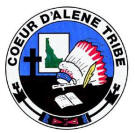
Coeur D'Alene Tribe

Cow Creek Band of Umpqua Tribe of Indians

Cowlitz Indian Tribe

Hoh Indian Tribe

Kalispel Tribe of Indians
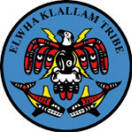
Lower Elwha Klallam
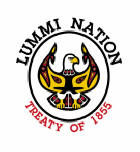
Lummi Nation

Muckleshoot Indian Tribe

Nez Perce Tribe
Nisqually Indian Tribe
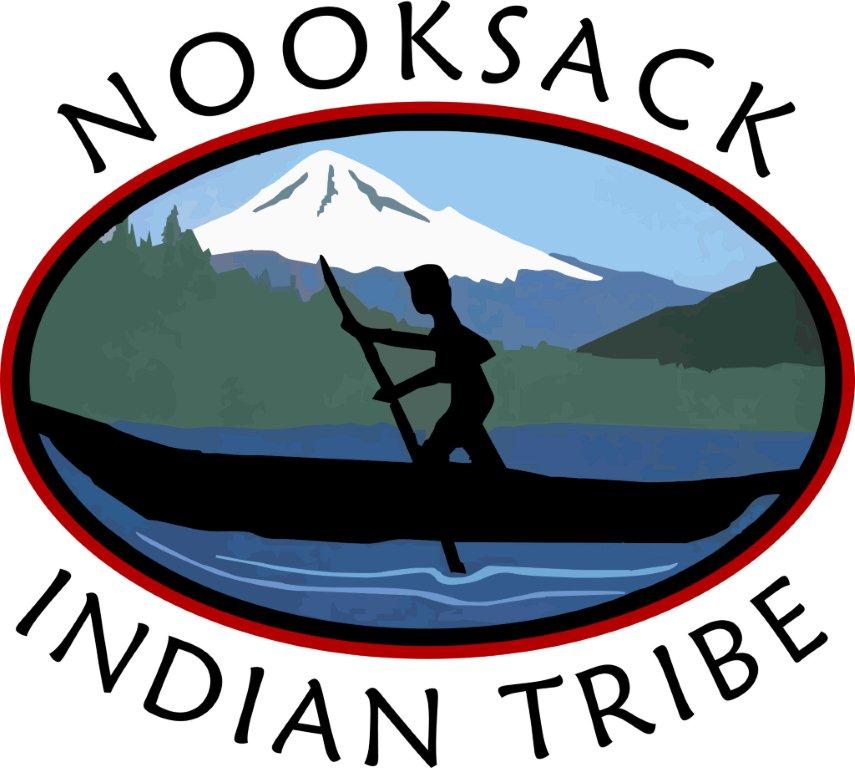
Nooksack Indian Tribe
Quinault Indian Nation

Quileute Nation

Samish Indian Nation
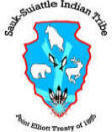
Sauk-Suiattle Indian Tribe
Scammon Bay Native Village, Alaska
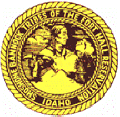
Shoshone-Bannock Tribes
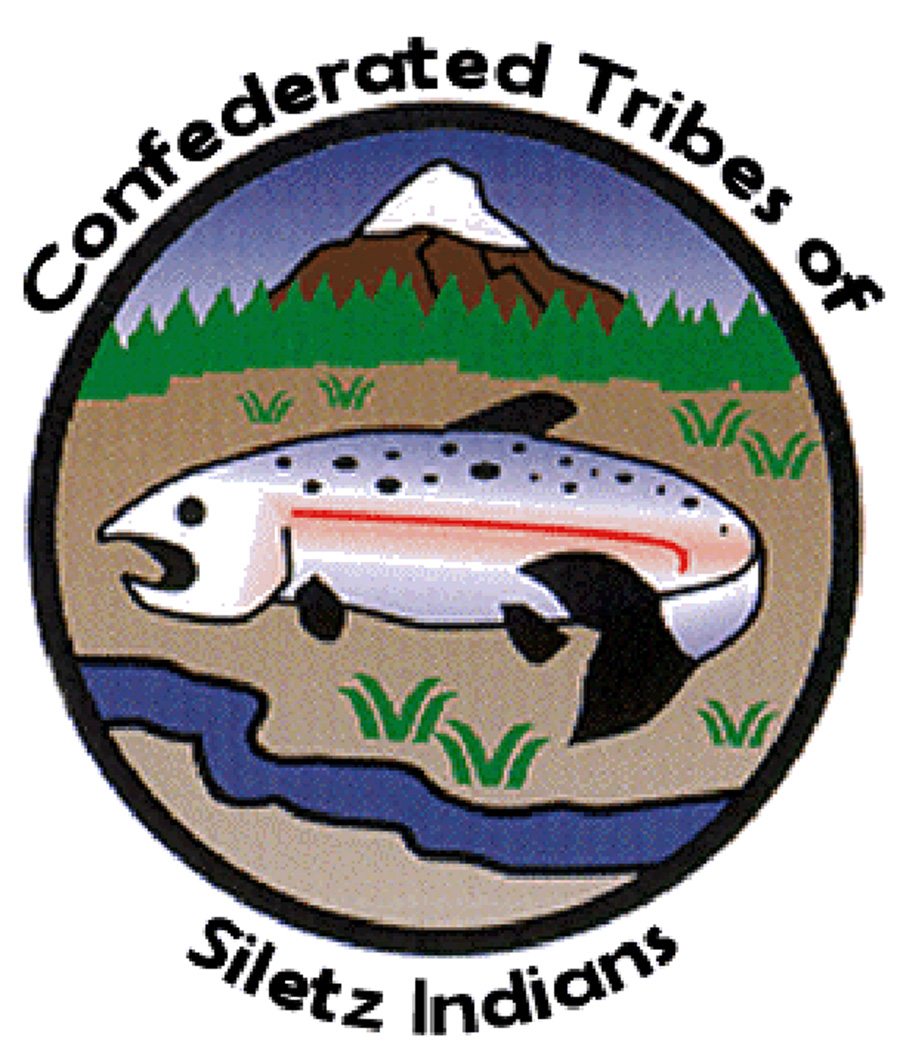
Confederated Tribes of Siletz Indians

Spokane Tribe of Indians

Stillaguamish Tribe of Indians

Swinomish Indian Tribal Community
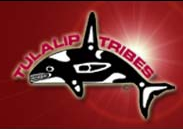
Tulalip Tribes

Upper Skagit Tribe
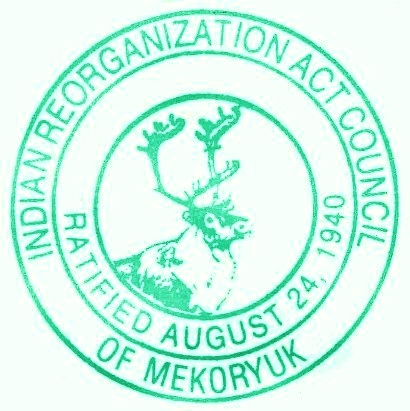
Village Council of Mekoryuk, Alaska
A Consortium of Northwest Tribes
PURPOSE:
Provide guidance for member tribes to develop sustainable and all-hazard comprehensive approaches to Terrorism and Homeland Security initiatives, and an all hazard emergency management approach that emphasizes both inter and intra jurisdictional cooperation to maximize resources in mutual aid, training, exercises, planning, and equipping. In addition, the council shall assist member tribes with regulatory requirements as mandated in various federal programs, without liability for compliance attached thereto.
Charter and other Incorporation Documents:
NWTEMC Charter (revised December 2010)
NWTEMC By-laws (revised December 2010)
NWTEMC Conflict of Interest Policy (adopted Feb. 2009)
NWTEMC Certificate of Incorporation, WA State July 11, 2008
NWTEMC Charter Amendment Filing Confirmation, WA Sec. of State June 18, 2009
NWTEMC Master Business License, WA State
NWTEMC IRS Non-Profit Status Letter July 18, 2009
2009 Annual Report to Membership
Tribal Resolutions joining NWTEMC (incl. other misc. Resolutions submitted)
The eight tribes of Washington State Homeland Security Region 1 formed the NW Tribal Emergency Management Council to address homeland security and emergency management issues each tribe faces.
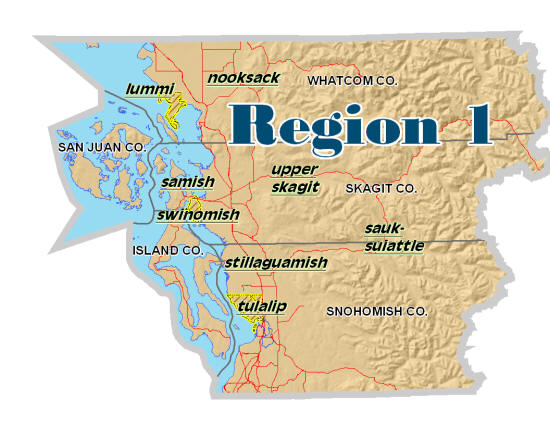
History
The Region I Homeland Security Tribes of Washington were at a
severe disadvantage to address Emergency Management and Homeland
Security Mandates and Initiatives due to lack of funded personnel to
perform these functions. In addition to the lack of personnel to
address the practical application of the needed scope of work, the
Tribes were at a disadvantage to apply for grants for this very same
reason. With the implementation of NIMS, the established
implementation dates of many other related emergency management
functions and the severe consequences that have been implemented for
failure to comply; the Tribes continue to move toward creating a
permanent solution. The creation of the Northwest Tribal Emergency
Management Council is the first step toward addressing the many
critical issues that face Washington State Tribes today.
A solution was proposed to form a pilot project, the
consortium of Tribes of Region 1.
A formal Charter has been developed for the group. This document details the commitment of each Tribe to take the next step by establishing the designated representatives for the project by resolution. The Northwest Tribal Emergency Management Council (NWTEMC) has begun instituting the basic operational parameters for Homeland Security requirements and functional analysis while moving the project forward.
The NWTEMC now addresses the needs for administrative and operational support, as well as oversight requirements for implementation of mutual technical projects. The NWTEMC also addresses associated administrative issues such as any Resolutions, Ordinances, Memorandum of Understandings, etc, as well as the establishment of a management infrastructure.
The governance infrastructure includes basic rules under which the Council operates, including Robert’s Revised Rules of Order. The Council has formed and operates through the establishment of a majority rule, one-agency one-vote participatory process that applies equally regardless of an agency's size or jurisdiction. This structure ensures that all voices are equally heard and all concerns are addressed.
Purpose
The development of the Northwest Tribal Emergency Management Council
not only better prepares Tribal entities for emergency incidents, but
will also provide more opportunities for the Tribes to work collaboratively
to assist one another in meeting the mandates of related emergency management
programs and foster partnerships with their neighboring counties and
municipalities. The Department of Homeland Security’s guidance identifies
tribal entities as key stakeholders in partnerships with state, local
and private sectors.
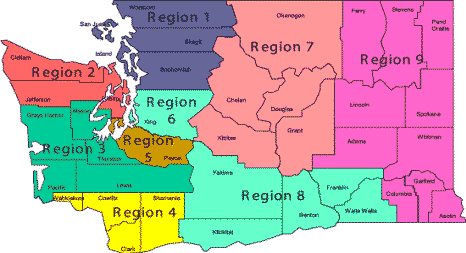
Homeland Security
Homeland Security within the tribal communities is a critical issue. Due to a lack of funding and personnel the tribes have had great difficulty meeting the mandates and initiatives of the Department of Homeland Security. The tribes of Northwest Washington have come together to address these critical issues, some of these include:
- Residing within close proximity of an international border or waterway
- 40,000+ underrepresented citizens within reservation boundaries, including tribal residents, non-tribal residents, and transient populations (Casino patrons, employees, etc). and
- Limited infrastructure to provide first response to the communities served
Emergency Management
As the tribes of Northwest Washington have begun to address Homeland Security issues we have recognized the need to take an all-hazards approach to protecting our communities. Emergency Management is the avenue that is being pursued to address the many hazards that our reservations are vulnerable to. Some of these hazards include:
- Earthquakes
- Floods
- Severe Weather
- Tsunami
- Hazardous Materials
Tribal Public Health Emergency Preparedness
The tribes of Homeland Security Region 1 will work to together to share resources, knowledge, and skills to develop comprehensive public emergency planning documents, address public health jurisdiction issues, and provide a network of expertise. The consortium will work with county, regional, state, and federal public health partners to bring the most up to date and comprehensive information and plans to the communities served by the tribal clinics.
